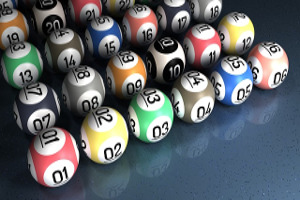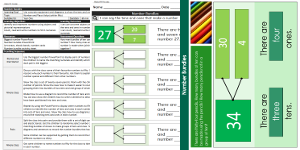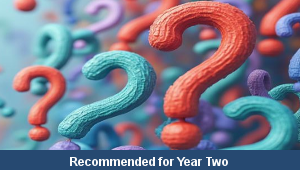Home > Key Stage One > Maths > Year One Planning > Term Two
Unit G – Number Tens and Ones

This maths scheme of work for Key Stage One gets the children to count, record and compare different numbers to fifty by their place value of their digits for tens and ones using concrete equipment and diagrams to model number values. The class can illustrate how to combine tens and ones to match numbers to fifty.

Count, record and compare different numbers to fifty by their place value of their digits for tens and ones using concrete equipment and diagrams to model number values

Lesson One : Number Tracks
Identify and record how to complete different number lines to indicate the order, value and sequence of a range of sets of numbers to fifty

Lesson Two : Number Frames
Select and illustrate the value of different numbers to fifty by using their matching groups of tens and ones for the numerical digits in each number

Lesson Three : Number Bundles
Model and record how to use concrete equipment and diagrams to show the tens and ones that comprise different numbers to fifty

Lesson Four : Number Building
Select and combine different sets of tens and ones to build a range of numbers to fifty to indicate the place of their numerical digits

Lesson Five : Number Blocks
Identify and illustrate how to record the place value of the pairs of digits in different numbers to fifty using diagrams and concrete equipment
-

Maths Measurement Assessment
Assess abilities in estimating, measuring and comparing a range of different measurements for length, mass and capacity
-

Family Life
Investigate and reflect on some of the special events and experiences that might happen in the life of a family
-

Final Sounds Word Guess
Practise playing some guessing and matching games to identify the spelling and meaning of words with different final sounds
-

Building Reports
Explore how to collect facts and information to work with when composing and presenting non-chronological reports about buildings that can be found in the local area
